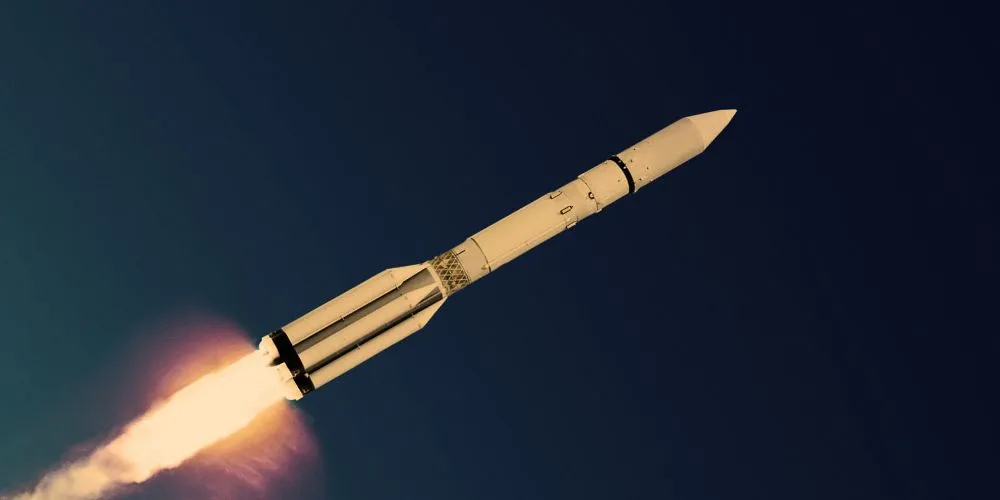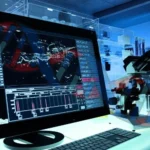Key Points:
- Advanced Ion propulsion systems offer fuel efficiency and continuous thrust, enabling spacecraft to achieve higher speeds.
- Solar sails, driven by photons from the sun, present a promising avenue for sustained acceleration in space.
- Nuclear thermal propulsion systems leverage nuclear reactions to propel spacecraft, reducing travel time for deep-space missions.
- Advanced space propulsion technologies open possibilities for crewed missions to Mars, interplanetary travel, and exploration of distant celestial bodies.
In a groundbreaking development for space exploration, scientists and engineers are making significant strides in advanced space propulsion. This cutting-edge technology holds the potential to revolutionize interstellar travel, enabling spacecraft to reach unprecedented speeds and explore celestial destinations that were once deemed unreachable.
Traditionally, space missions have relied on chemical propulsion systems, which generate thrust by burning propellants. However, these systems have limitations in terms of speed and efficiency, making them impractical for extended space journeys. Advanced space propulsion aims to overcome these constraints by introducing innovative technologies that harness fundamental principles of physics.
One notable advancement in this field is the exploration of ion propulsion systems. Unlike traditional methods, ion propulsion relies on accelerating ions to generate thrust. This technology, already employed on certain spacecraft, provides a more fuel-efficient and continuous thrust, allowing for gradual acceleration over time. As a result, spacecraft equipped with ion propulsion can achieve higher speeds and cover vast distances in space.
Furthermore, researchers are delving into the potential of solar sails, a concept that utilizes the pressure of photons from the sun. These sails, made from lightweight materials, can capture and utilize the sun’s energy to generate thrust. While solar sails are still in experimental stages, they offer a promising avenue for sustained acceleration in space, opening up new possibilities for deep-space exploration.
Another frontier in advanced space propulsion involves nuclear propulsion. Nuclear thermal propulsion systems leverage the energy released from nuclear reactions to heat propellant, creating a high-velocity exhaust that propels the spacecraft. The technology allows for significantly reduced travel time for long-distance missions, making it a practical option for future interplanetary and interstellar travel.
The successful development and implementation of these advanced propulsion technologies could pave the way for ambitious space missions, including crewed missions to Mars and beyond. Moreover, these innovations align with the broader goals of space agencies and private companies to explore distant celestial bodies, discover habitable exoplanets, and expand our understanding of the universe.










